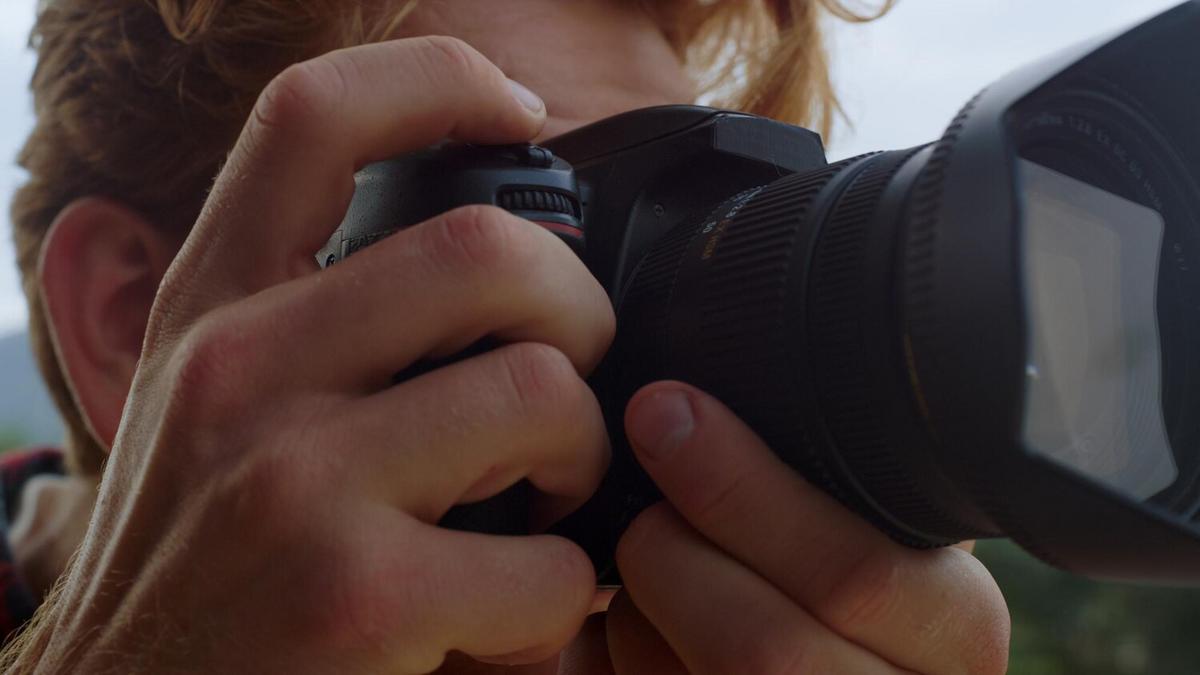
A Guide to DSLR Photography for Beginners
Diving into the world of DSLR photography can be both exciting and overwhelming. With a vast array of settings and options, it’s easy to feel lost. However, with a little guidance, you can harness the power of your DSLR to capture stunning images.
Digital Single-Lens Reflex (DSLR) cameras offer a blend of flexibility and control, making them a popular choice for photographers of all skill levels. This guide will walk you through the basics and help you get started on your photography journey.
Understanding Your DSLR
Before you start shooting, it’s crucial to familiarize yourself with your camera. Most DSLRs have similar components, including a lens mount, viewfinder, and various control dials. Knowing these will help you navigate your camera with ease.
Mastering the Basics
According to photography expert John Smith, ‘Understanding fundamental concepts like aperture, shutter speed, and ISO is essential for any photographer.’ These three elements, collectively known as the exposure triangle, are key to capturing well-exposed photos.
- Aperture: Controls the amount of light entering the lens. A lower f-stop number means a larger aperture, allowing more light.
- Shutter Speed: Determines how long the camera’s shutter stays open. Faster speeds freeze motion, while slower speeds create blur.
- ISO: Adjusts the camera’s sensitivity to light. Higher ISO settings are useful in low-light situations but can introduce noise.
Choosing the Right Lens
DSLRs offer the advantage of interchangeable lenses, allowing you to select the best lens for your needs. For example, a prime lens with a wide aperture is ideal for portraits, while a zoom lens offers versatility for various scenes.
| Lens Type | Ideal For | Benefits |
|---|---|---|
| Prime Lens | Portraits | Sharpness, larger aperture |
| Zoom Lens | Versatility | Multiple focal lengths |
| Macro Lens | Close-up shots | Detail and clarity |
| Telephoto Lens | Wildlife | Long focal lengths |
| Wide-Angle Lens | Landscapes | Broader view |
| Fisheye Lens | Creative effects | Distorted view |
| Pancake Lens | Travel | Compact size |
| Standard Lens | Everyday use | Versatile |
Practical Tips for Beginners
- Use the Rule of Thirds: Imagine your frame divided into nine equal squares and place your subject along these lines or intersections for balanced composition.
- Experiment with Lighting: Try shooting at different times of the day to understand how lighting affects your images.
- Keep Practicing: The more you shoot, the better you’ll understand your camera and develop your style.
Conclusion
Starting with DSLR photography doesn’t have to be daunting. By understanding your camera and practicing regularly, you’ll be well on your way to capturing stunning images. For more in-depth tutorials, check out resources like Digital Photo Mentor and Photography Talk for ongoing learning.
FAQ
What is the exposure triangle?
The exposure triangle refers to the combination of aperture, shutter speed, and ISO, which together control the exposure of an image.
Why should I shoot in RAW format?
Shooting in RAW format retains more image data, providing greater flexibility during post-processing to adjust exposure, white balance, and other settings.
How can I improve my composition?
Using techniques like the rule of thirds, leading lines, and symmetry can enhance your photo composition.